The great outdoors has a way of reminding us how small we really are, especially when we come face-to-face with some of its more fearsome inhabitants. Whether you’re hiking, camping, or just enjoying a scenic drive, knowing which critters to keep an eye out for can make all the difference. So, let’s chat about the 13 most dangerous animals you’ll find out there—because Mother Nature doesn’t mess around!
1. Grizzly Bears: The Kings Of The Forest
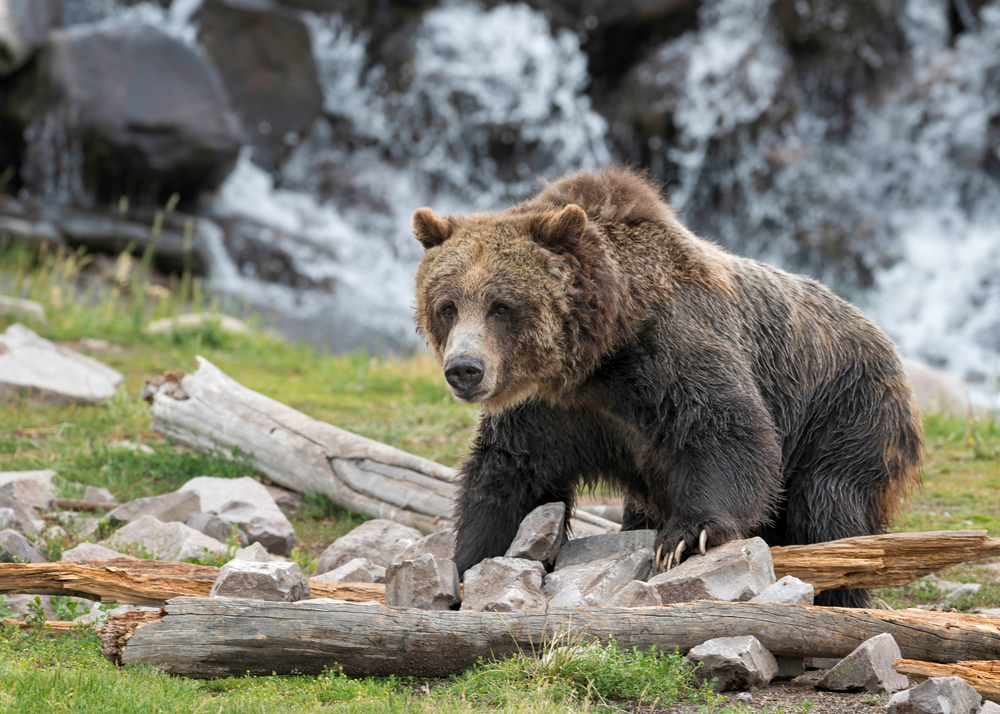
When it comes to the American wilderness, grizzly bears are the proverbial kings of the forest. With their massive size and formidable claws, these bears command respect wherever they roam. If you encounter one, the instinct to run might kick in, but trust me, you won’t win that race. The best advice? Make yourself big, stay calm, and slowly back away while avoiding direct eye contact. Grizzlies are generally more interested in their next meal than in you, so as long as you don’t pose a threat, you’ll likely walk away with a thrilling story and a slightly elevated heart rate.
Despite their fearsome reputation, grizzlies play a crucial role in their ecosystems. They help control prey populations and disperse seeds through their scat, essentially gardening on a grand scale. Their presence indicates a healthy environment, something we all benefit from. So, while they might be dangerous, they’re also a vital component of the wilderness puzzle. Just remember, if you’re in grizzly country, keep your food stored safely and make plenty of noise on the trails. Your safety—and theirs—depends on it.
2. Mountain Lions: The Stealthy Stalkers
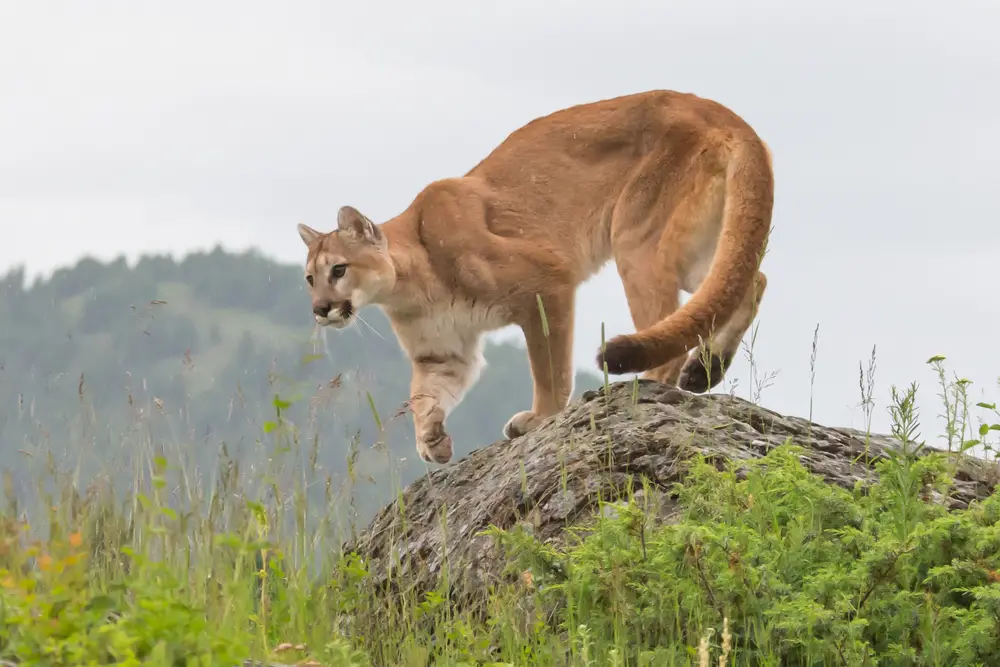
Mountain lions, also known as cougars or pumas, are the stealthy predators of the American wilderness. These elegant cats are masters of camouflage and often remain unseen even when they’re nearby. They prefer to hunt at dusk or dawn, which means they’re most active when most of us are just waking up or winding down. If you spot one, try to appear as large and intimidating as possible, and back away slowly without turning your back. They generally avoid human interaction, but being prepared can make all the difference.
These cats are essential in maintaining the balance of their habitats by controlling deer populations. Mountain lions are solitary creatures with expansive territories, often covering hundreds of square miles. Despite their elusive nature, they play a significant role in the ecosystem by keeping prey populations in check. So while the thought of encountering one might be nerve-wracking, remember they’re just as vital to the wilderness as a clear river or towering pine. Respect their space, and they’ll likely respect yours.
3. Rattlesnakes: The Cautious Coiled Creatures
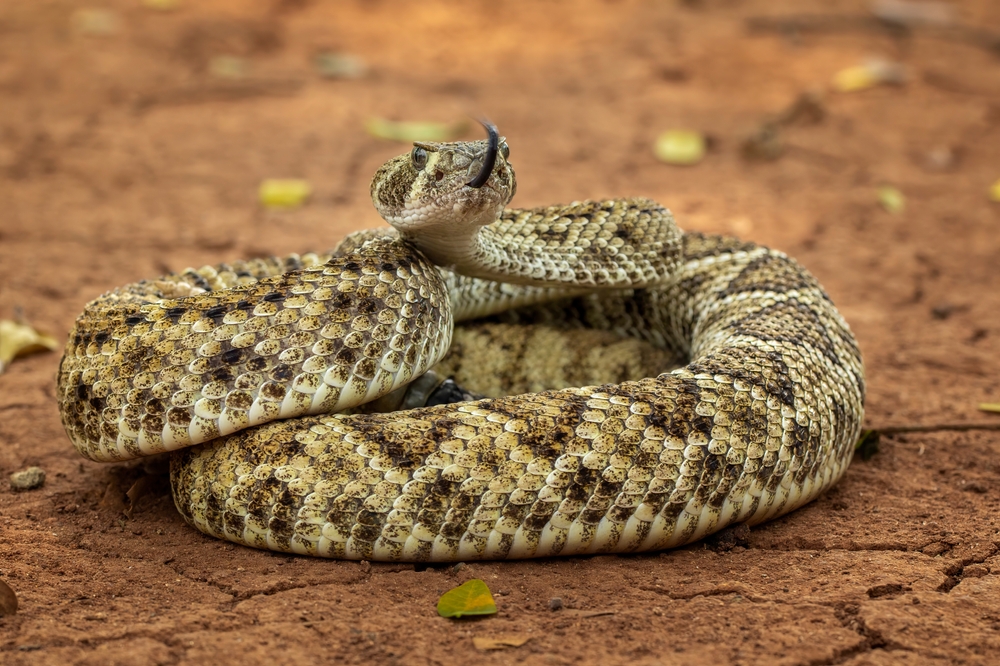
Rattlesnakes are the quintessential “look but don’t touch” residents of the American wilderness. Known for their distinctive rattle, these snakes are more interested in avoiding you than confronting you. If you hear that unmistakable buzzing sound, stop, look around, and slowly retreat the way you came. They strike only when threatened, so giving them space is your best bet. Remember, they’re just trying to survive in a harsh world, much like the rest of us.
These venomous snakes play an important role in their ecosystems by controlling rodent populations. Their presence indicates a healthy balance in nature, which is something to appreciate, even if it comes with a bit of danger. That said, a bite can be serious, so it’s essential to seek medical attention immediately if you happen to get too close. Wear sturdy boots and be aware of your surroundings to minimize the chances of an accidental encounter. Knowledge is your best defense against these slithering inhabitants.
4. American Bison: The Majestic Yet Unpredictable Giants
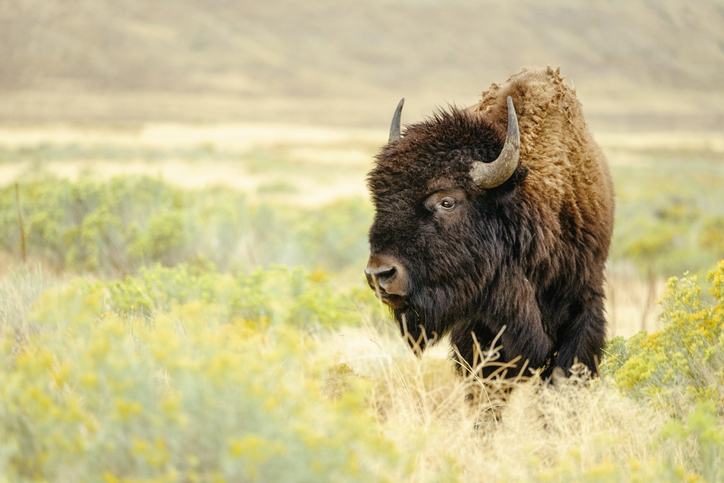
The American bison is an iconic symbol of the wild and untamed spirit of the American West. These massive creatures may seem docile as they graze, but don’t let their calm demeanor fool you. Bison can weigh over a ton and run up to 35 miles per hour, making them both awe-inspiring and potentially dangerous. If you find yourself near a bison, always keep a safe distance—at least 25 yards. A sudden charge can occur if they feel cornered or threatened.
Bison are crucial to the grassland ecosystems they inhabit, grazing in a way that promotes healthy plant growth. Their presence supports a myriad of other species, from insects to birds. While they are magnificent to observe, it’s important to remember they are wild animals. Accidents often happen when humans get too close for that perfect photo. Enjoy their grandeur from afar and respect their space, letting them roam as freely as the plains they call home.
5. Wolves: The Misunderstood Pack Predators
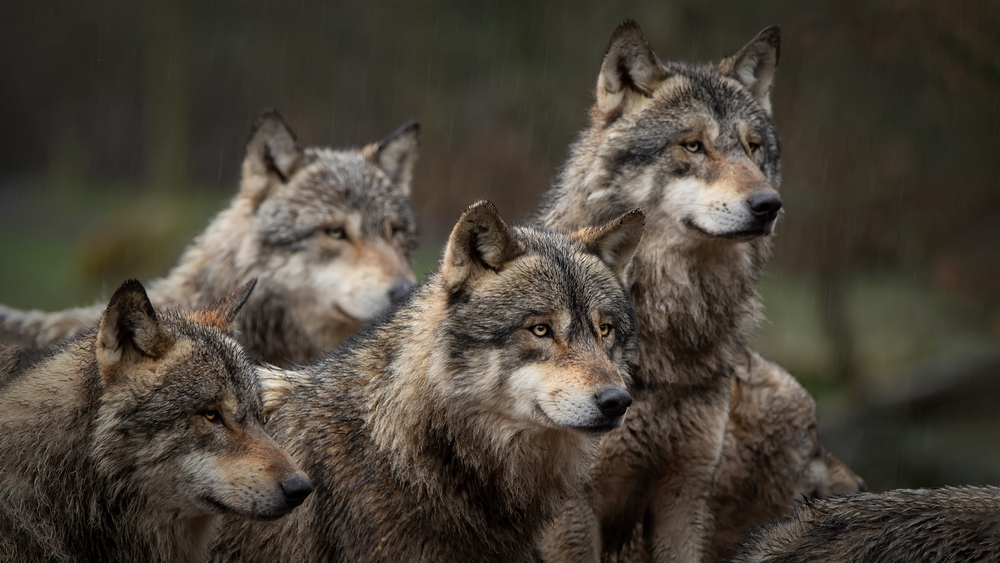
Wolves often get a bad rap, thanks in part to fairy tales and folklore. But in reality, they’re fascinating creatures with complex social structures and important ecological roles. Wolves usually avoid humans, but if you do encounter a pack, it’s crucial to remain calm and avoid aggressive behavior. Stand tall, be assertive, and slowly back away without turning your back. Wolves are curious animals, but they are generally not interested in humans as prey.
As apex predators, wolves help maintain the balance in their ecosystems by controlling large herbivore populations. Their hunting habits help keep the environment diverse and healthy. Despite their fearsome reputation, actual wolf attacks on humans are extremely rare. However, when venturing into wolf territory, ensure you take appropriate precautions, such as securing food and traveling in groups. Understanding and respecting these animals are key to coexisting peacefully in the wilderness.
6. Coyotes: The Crafty Survivors
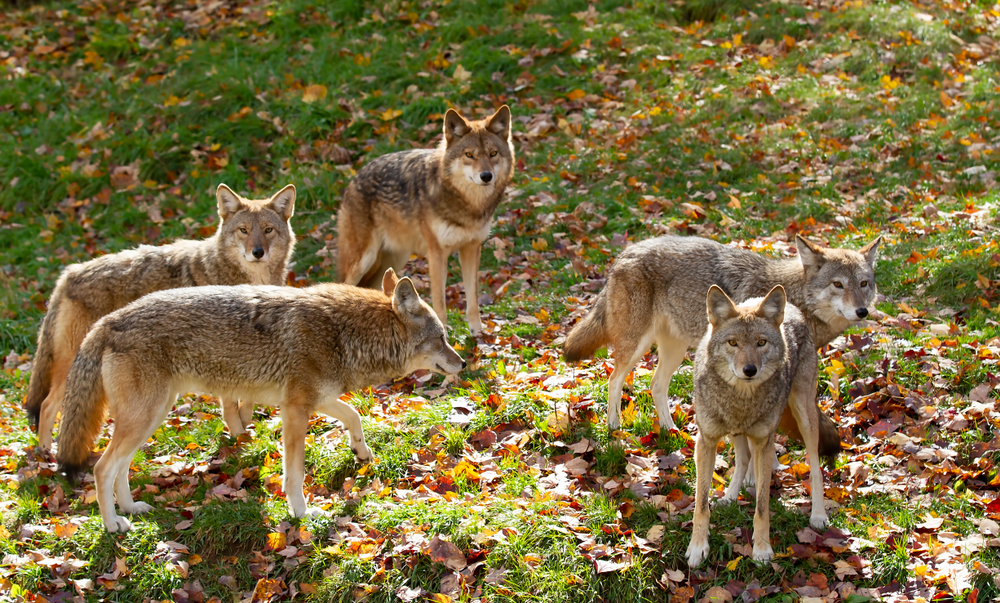
Coyotes are the ultimate opportunists, thriving in environments ranging from wild landscapes to urban areas. Often mistaken for wolves, these clever canines are much smaller and far more adaptable. While they generally avoid humans, a coyote can become bold if it associates people with food. If you encounter one, make yourself appear larger and make loud noises to scare it away. Keep pets on a leash and never feed coyotes, as this can lead to unwanted interactions.
Despite being viewed as nuisances, coyotes play a vital role in ecosystems by controlling rodent and small mammal populations. Their adaptability allows them to survive in diverse habitats, from deserts to forests to city suburbs. While they’re not typically dangerous to humans, interactions can become problematic when they lose their natural fear of people. By respecting their role in nature and following simple precautions, you can ensure that your coyote encounters remain nothing more than a fascinating glimpse into the wild.
7. Bull Moose: The Lumbering Peacekeepers
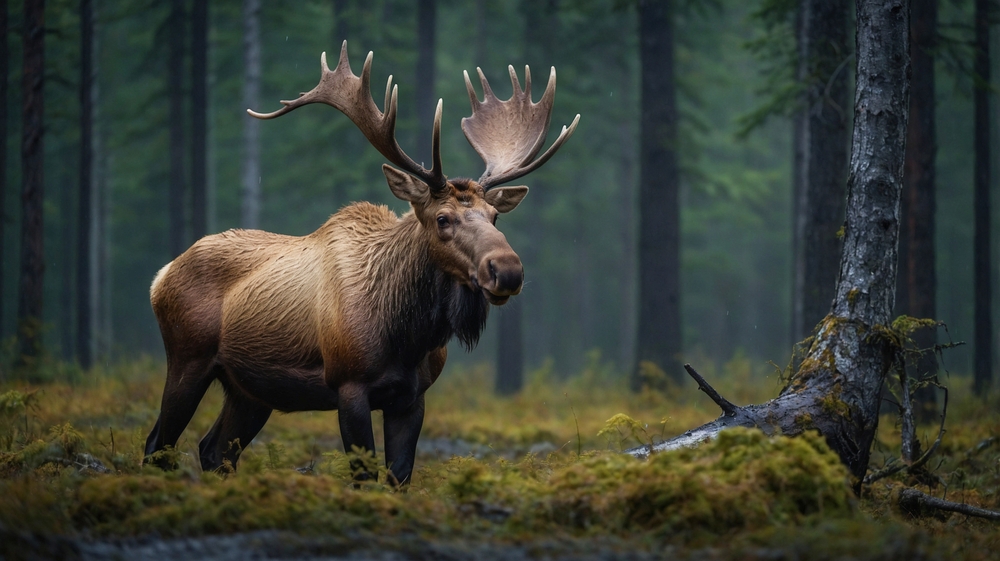
Moose are the gentle giants of the American wilderness, generally preferring to munch on aquatic vegetation and wander forested areas. But don’t let their placid demeanor fool you—during mating season, bull moose can be surprisingly aggressive. With their immense size and powerful antlers, they become formidable opponents if provoked. If you encounter a moose, give them plenty of room and never approach, especially during the fall rut or spring calving season.
Moose play a significant role in their ecosystems by influencing plant communities through their foraging habits. Their browsing affects the distribution and abundance of various plant species, shaping the landscape for other animals. While typically solitary, moose are an integral part of the intricate web of life in their habitats. Remember, they’re not out to get you, but they will defend themselves if they feel threatened. Appreciate their size and beauty from a safe distance, letting them live their lives undisturbed.
8. Black Bears: The Curious Foragers
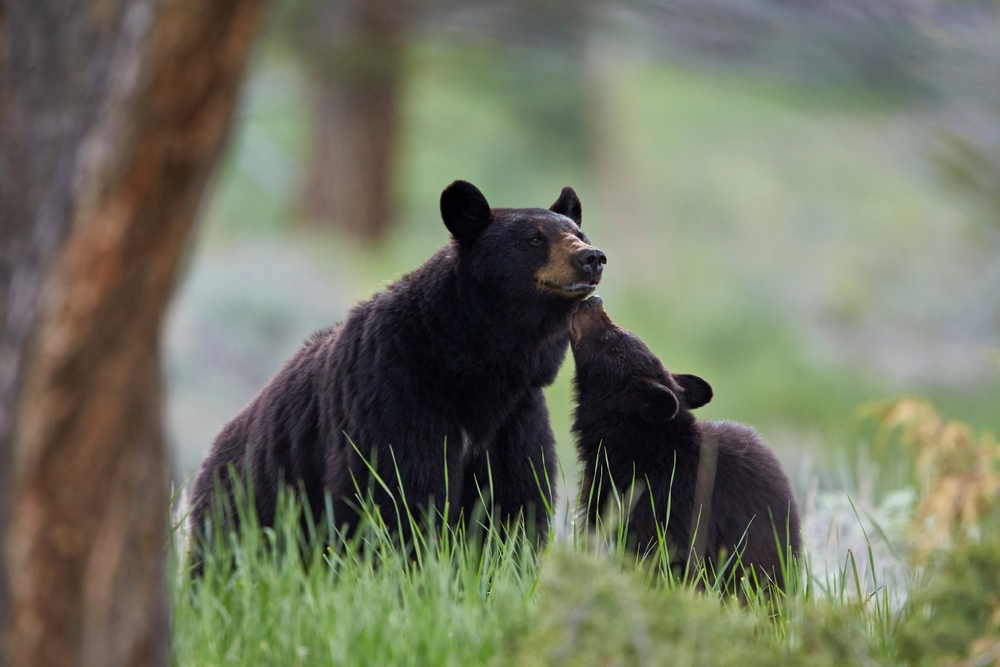
Black bears are the more common cousins of the grizzly in the American wilderness. Unlike their larger relatives, black bears are generally shy and will flee if given the opportunity. However, their curiosity and incredible sense of smell often bring them into close contact with humans, especially in areas where food is easily accessible. If you encounter a black bear, talk calmly, back away slowly, and avoid eye contact. Keeping campsites clean and securing food can prevent most bear encounters.
These bears are essential to their ecosystems, helping to disperse seeds and control insect populations. Their foraging habits often influence the structure of plant communities, making them critical players in their habitats. While they may be less aggressive than grizzlies, black bears should still be treated with respect. A bear that becomes accustomed to humans and their food can become a danger to both people and itself. So, while they might seem approachable, remember that black bears are wild animals deserving of their space.
9. Alligators: The Ancient Reptilian Predators
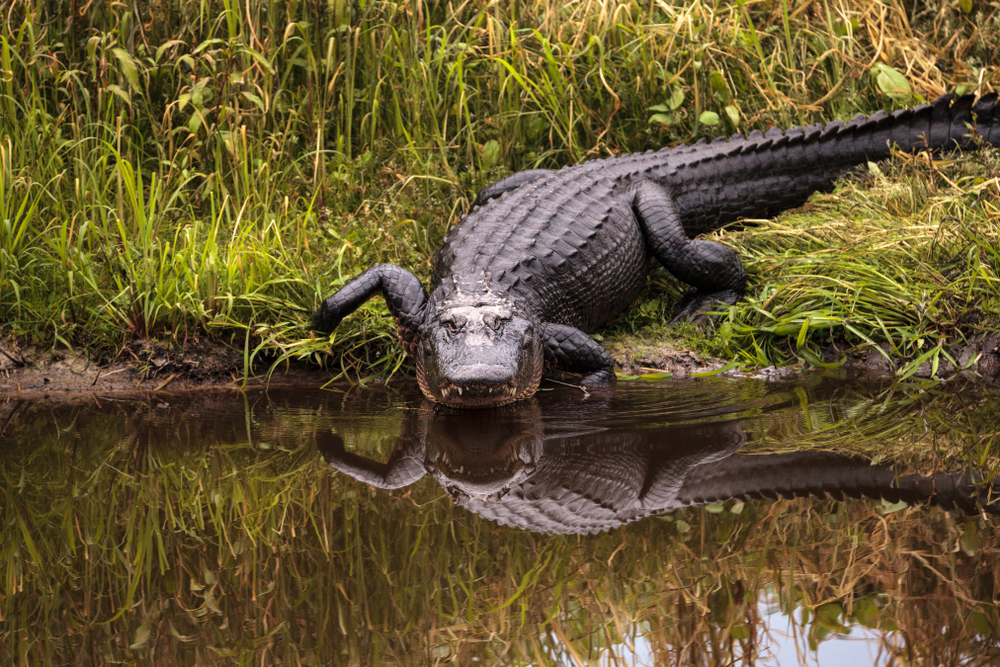
Alligators are the living dinosaurs of the American wetlands, patrolling the waters with an air of prehistoric authority. Found primarily in the southeastern United States, these reptiles are powerful predators with lightning-fast reflexes. If you encounter an alligator, maintain a safe distance—at least 60 feet—and never feed or provoke them. Alligators aren’t naturally aggressive toward humans, but they will defend themselves if they feel threatened.
These reptiles play a crucial role in maintaining the health of their aquatic ecosystems. As apex predators, they control the population of fish and other small creatures, ensuring a balanced food web. They also create “alligator holes” that hold water during dry periods, providing habitat for other species. While they can be dangerous if provoked, respecting their space and habitat allows us to appreciate their essential role in the ecosystem. So, next time you’re near a marsh or swamp, admire these magnificent creatures from afar, understanding their importance to the world around them.
10. Bobcats: The Solitary Hunters
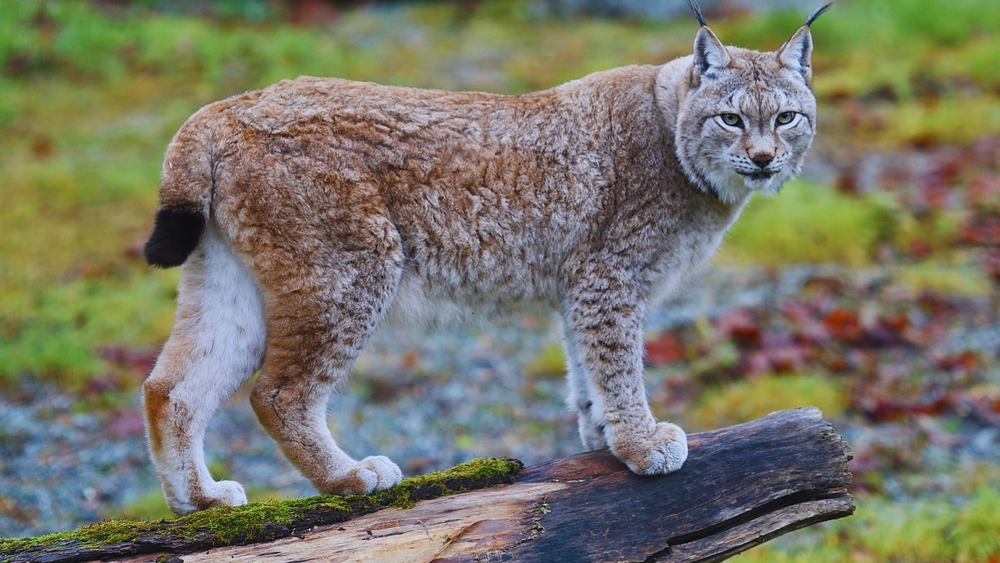
Bobcats are the elusive wildcats of North America, often seen as the smaller cousins of the lynx. These solitary creatures are masters of stealth, typically avoiding human encounters altogether. If you’re lucky enough to spot one, it’s usually a brief glimpse before they vanish into the underbrush. While bobcats aren’t generally dangerous to humans, it’s wise to keep your distance to avoid any defensive behavior. They primarily hunt small animals, playing a vital role in controlling rodent and bird populations.
Bobcats are adaptable hunters, thriving in a variety of habitats, from forests to swamps to deserts. Their presence indicates a healthy ecosystem, as they require a balanced environment to support their dietary needs. While they may not have the notoriety of larger predators, their impact on their habitats is significant. Remember, these cats are wild and should be respected as such. Take the opportunity to marvel at their elusive grace, knowing you’re witnessing a key player in the wilderness tapestry.
11. Wild Boars: The Uninvited Guests
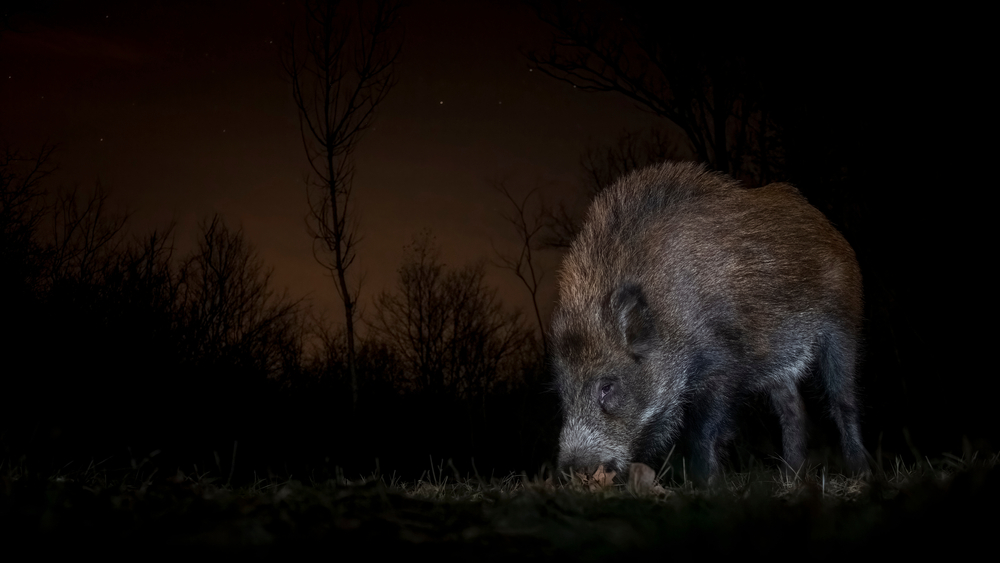
Wild boars are the unruly guests of the American wilderness, known for their destructive habits and unstoppable appetites. These invasive animals can cause significant damage to crops and natural habitats, rooting up the ground in search of food. Although they are typically wary of humans, boars can become aggressive if cornered or startled. If you encounter one, give it a wide berth and avoid any sudden movements. Their tusks are formidable weapons, and they will defend themselves if they feel threatened.
Despite the challenges they pose, wild boars are a testament to the resilience and adaptability of wildlife. Originating from domesticated pigs, they have spread across vast areas, thriving in diverse environments. While they disrupt ecosystems by competing with native species, their presence also serves as a reminder of the ever-changing dynamics of nature. Managing their populations is crucial to maintaining ecological balance. So, while they might be a nuisance, they also represent a fascinating aspect of the wilderness mosaic.
12. Elk: The Majestic Meadow Dwellers
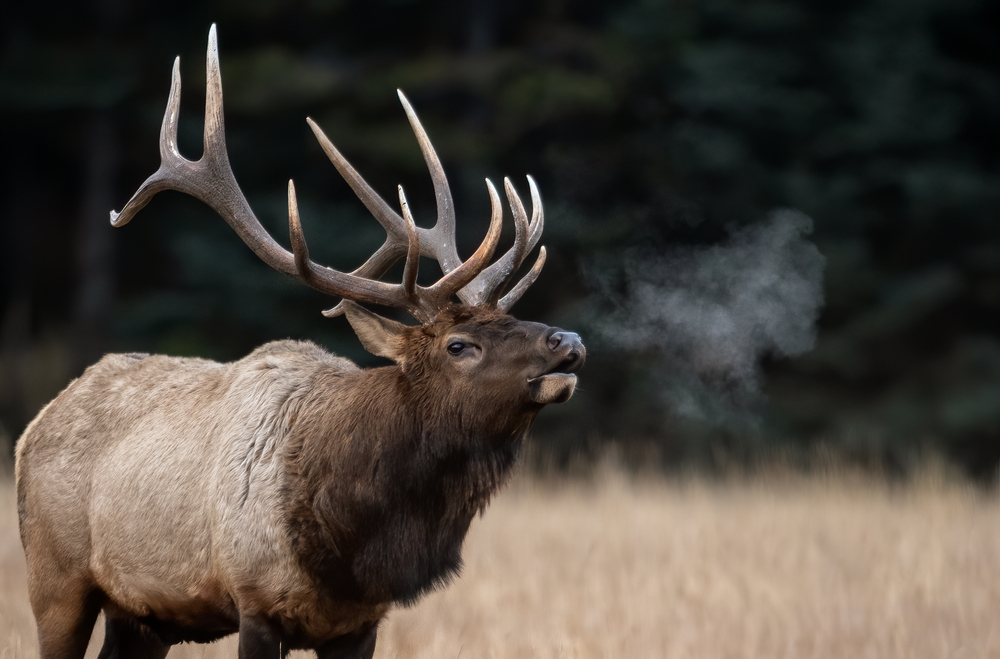
Elk are the stately residents of North America’s meadows and forests, known for their impressive antlers and bugling calls. These large herbivores can be surprisingly aggressive during rutting season, as males compete for the attention of females. If you encounter elk, especially during the fall, maintain a respectful distance to avoid any unintended confrontations. Their size and strength make them formidable, and their charges can be dangerous.
Elk play a significant role in shaping their environments through their grazing habits. By browsing on vegetation, they help maintain the balance of plant communities, influencing the growth and spread of various species. This, in turn, supports a wide range of wildlife that depend on these habitats. While they are generally peaceful, respecting their space and giving them room to roam is essential for both your safety and theirs. Enjoy the sight of these majestic creatures, knowing they are an integral part of the wilderness experience.
13. Great White Sharks: The Ocean’s Apex Predators
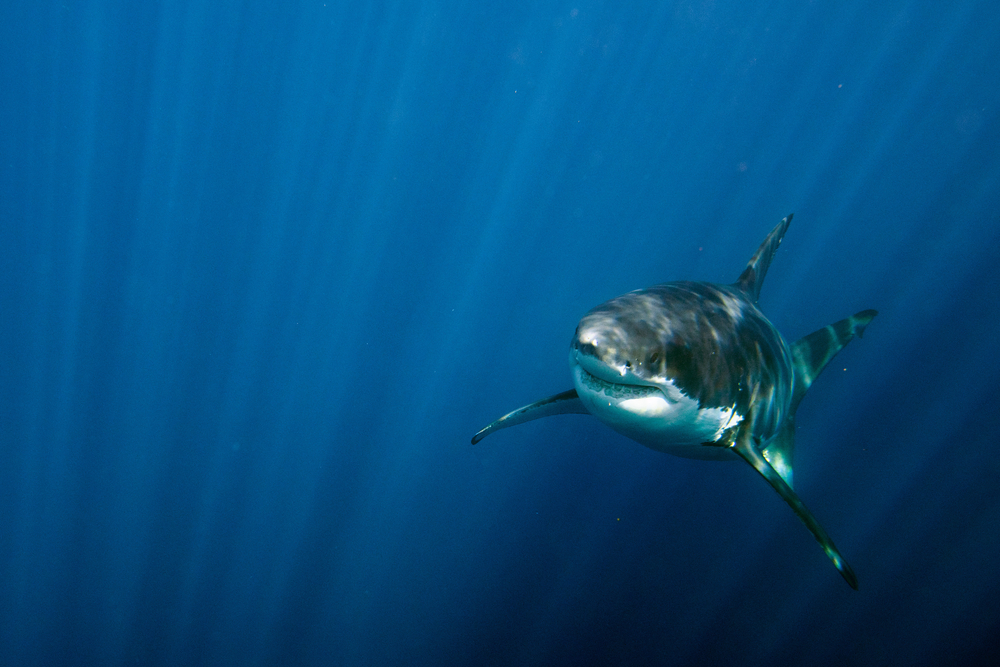
While not exactly part of the typical wilderness scene, great white sharks patrol the coastal waters of America, reminding us that danger lurks beneath the waves. These apex predators are often misunderstood, with their sleek bodies and powerful jaws inspiring both awe and fear. If you’re swimming or surfing in their territory, stay vigilant and follow local guidelines to minimize the risk of an encounter. Despite their fearsome reputation, shark attacks on humans are rare, and great whites are more interested in seals or fish than us.
Great white sharks are crucial for maintaining the balance of marine ecosystems, controlling populations of prey species and ensuring healthy oceanic environments. Their presence indicates a thriving ocean, which is vital for the planet’s health. While it’s natural to feel apprehensive about these oceanic giants, understanding their role in the ecosystem can help temper those fears. Respect their domain and appreciate the ocean’s profound biodiversity from a safe distance. Remember, the ocean is their wilderness, and we are but temporary visitors.
